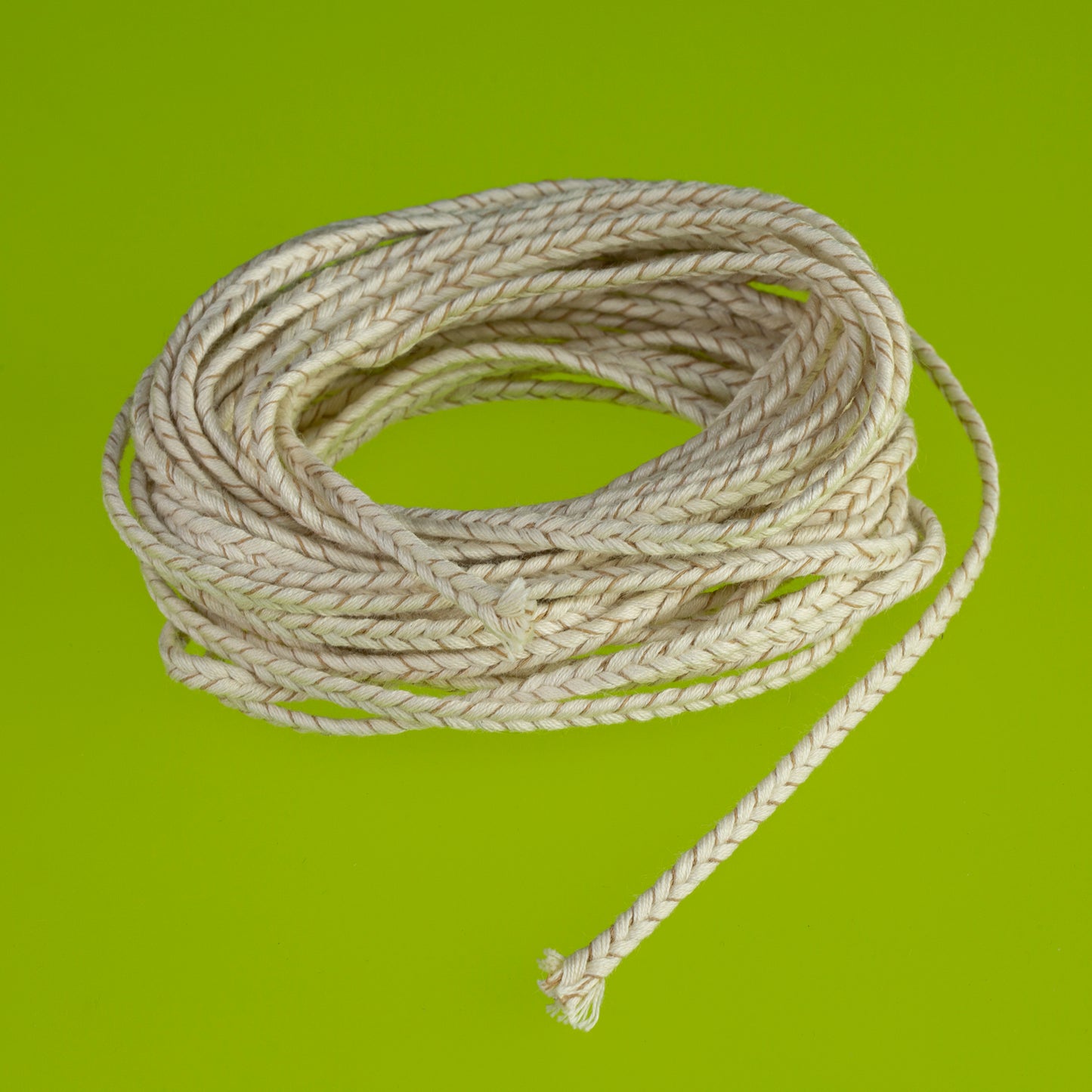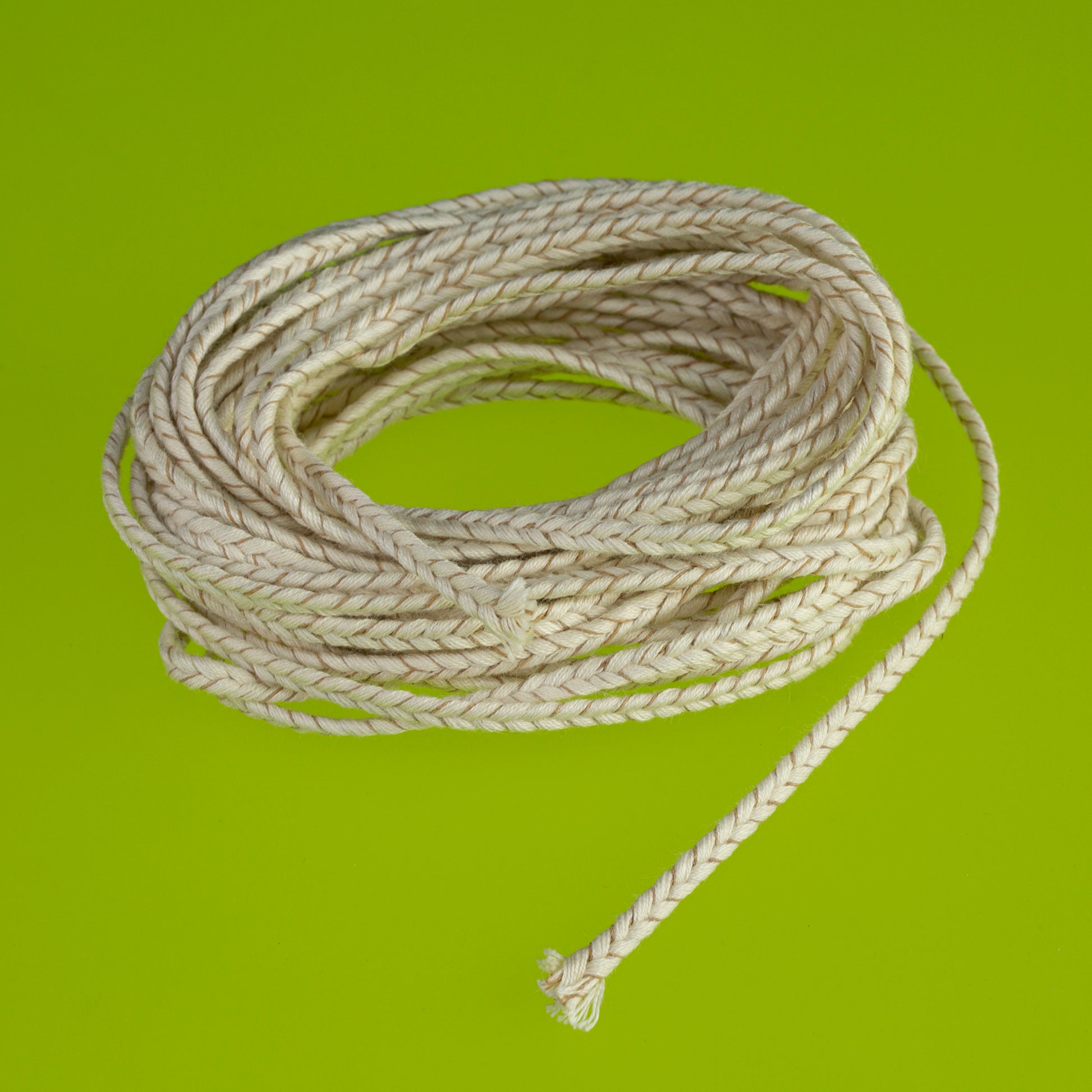HTP 1212 Wick
HTP 1212 Wick
Couldn't load pickup availability
For use in soy and beeswax pillars and votives. Sometimes referred to as a high-tension paper wick, the HTP wick is made of natural fibers, flat braided in design, but with thin paper fibers intertwined. The result is a cleaner burning, self-trimming wick with additional structural strength, controlled curling and a hotter, more efficient flame.
Please note this wick information is only to provide a starting point for your candle making and is based on our own testing using a variety of containers, pillar molds, dyes, fragrances and waxes. Individual testing is recommended as style of container, mold, addition of candle dye and fragrance can alter the wick size required.
Usage Guidelines
Usage Guidelines
For use in soy and beeswax pillars and votives. Sometimes referred to as a high-tension paper wick, the HTP wick is made of natural fibers, flat braided in design, but with thin paper fibers intertwined. The result is a cleaner burning, self-trimming wick with additional structural strength, controlled curling and a hotter, more efficient flame.
Technical Information
Technical Information
Wick Specifications:
- Wick Designation: HTP Wick
- ROC (grams/hr): 6.39
- Flame Height (cm): 4.16
- Pool Diameter (cm): 5.31
Suggested Container Size:
- Containers: 3" - 4"
- Votives: Not Suggested
- Pillars: 5" and up
- Tapers: Not Suggested
- Notes: ROC means the Rate of Wax Consumption by the wick in one hour
- Disclaimer: This information is provided only to indicate general trends. These statistics should be viewed as reasonable estimates for comparison purposes only. Actual results should be determined on an application by application basis as results may vary based upon colour, blend, wax, fragrance and size/shape of container.
Which Wick? Choosing the correct type and size wick is one of the most important steps to a great burning candle. While we give wicking suggestions, there are many variables, such as wax type, fragrance level, dye and style of container that can affect how a candle burns. In the case of some larger diameter candles, one wick may not be enough and multiple wicks are required for the candle to burn optimally. We recommend that you always TEST, TEST, TEST before manufacturing several to ensure you have chosen the correct wick for your candle. For accurate test results, start your test burn 12-24 hours after pouring and burn your candle for 3 - 4 hours at a time, allowing the wax to fully harden between burns, re-trimming your wick to the appropriate length before re-lighting.
Documentation & Resources
Documentation & Resources


